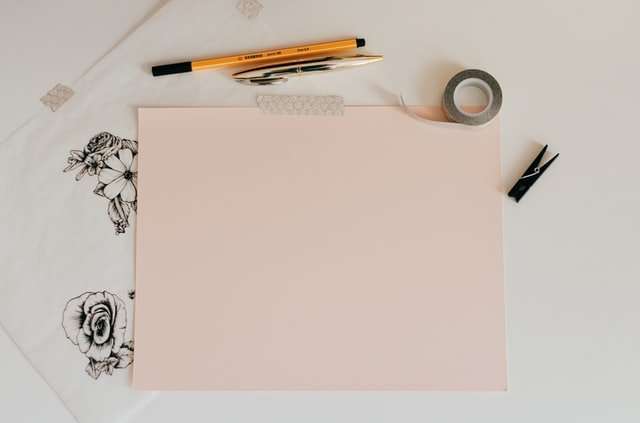Industrial design is an important element of our world. It can be seen in everything from the simple form of a spoon to the complex systems and structures found in large commercial buildings and even the public spaces of cities. The study of industrial design is an integral part of the study of aesthetics, as well as the fields of architecture, art and engineering.
This blog is an attempt to acquaint people with the importance and relevance of Industrial Design and its role within Aesthetics. It will also provide information on what the field entails, who the major players are, what schools offer programs in industrial design and much more.
Industrial design is a crucial field for any designer working in any field, from art to engineering or architecture. This blog is meant to bring awareness to this fact.
Industrial design is the art of making things look like they are supposed to. It is a part of aesthetics, but it is a very specific and important part. If a picture is worth 1000 words, then a well designed product is worth 1000 pictures.
Aesthetics is the study of beauty in all its forms, but more specifically it is the study of the mind’s reaction to what it sees. The reactions of the mind can be understood through observation and documentation; aesthetics simply studies those reactions.
In the last few decades, this has become an important field for multiple reasons. One reason for this importance has been the rise of mass production and mass distribution, which have created products that need to appeal to many people at once. This has made designers more important than ever because they make sure that products are appealing to as many people as possible.
An even larger reason for the importance of industrial design has been the rise of technology in general and computers in particular. Designers have gone from designing products that sit on store shelves to designing everything from computer chips to web sites. The results have changed everything we do with technology and have made industrial designers much more important than they used to be.*
Industrial design is often overlooked in favor of art and architecture. Even though these three fields have many similarities, they each have their own place in aesthetics. Industrial design is the design of manufactured products. It is a very important part of aesthetics because it creates a product that people can use to improve their lives. Industrial Design adds value to goods by improving the usability, durability, appearance, ergonomics and marketability.
Industrial designers can help to make the world a more enjoyable place by improving our goods and increasing the efficiency with which we live. By adding value to products through industrial design, we can increase the quality of life for everyone.*
Industrial design is the process of designing and making a new product. It is a process that involves many stages, including research, conceptualization, detailing, and prototyping. One of the most important things to know about industrial design is that it is a critical part of what we know today as aesthetics. In order to fully understand aesthetics, we must first understand the concepts that comprise the word. The Greek root “aesthesis” means sensation or feeling. Aesthetics has come to mean “the study of beauty,” but this definition actually dates back only to 1854 and was introduced by Alexander Baumgarten in his work Aesthetica.
Industrial design is the process of shaping a product or service so that it meets user needs while also being commercially viable, aesthetically pleasing and efficient to manufacture.
An industrial designer is able to create the best, most effective solution to fit within all three of these constraints. They are able to do this because they have a deep understanding of human factors, market trends, manufacturing capabilities and technology available.
In order to be able to create these solutions, designers must have a deep understanding of how people use products. The main focus is on end users; what they need and what they use products for. It is vital that the designer understands in detail how users interact with products and how this affects the way a product performs for them. A designer will look at how the world has changed and how new technology can be used.
The process can help companies create better products that go on to become great successes in both commercial and aesthetic ways. Although industrial designers are seen as highly artistic, it is important that they are able to put their artistic creativity into a commercial context and turn ideas into finished products.
Industrial design is the process of developing a product that can be produced efficiently and effectively. It involves planning, sketching, modeling and prototyping the production of a product. Industrial design is also used to refer to the style of an industrial product.
Industrial designers work with many different kinds of materials and processes, designing everything from small objects such as cutlery to large objects like cars or complex electronic systems like smart phones. They combine art and science in their work, using their artistic skills to create appealing shapes and colors and their scientific knowledge to make sure the object will be useful and safe.
Aspiring industrial designers need to have an eye for aesthetics, creative problem solving abilities, an understanding of human needs, along with some technical and design background. While there are no specific educational requirements for industrial designers to get started in this field, they usually complete a degree program in industrial design or engineering at a community college or university before starting their careers.


